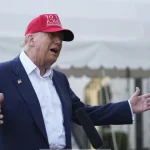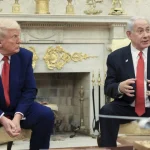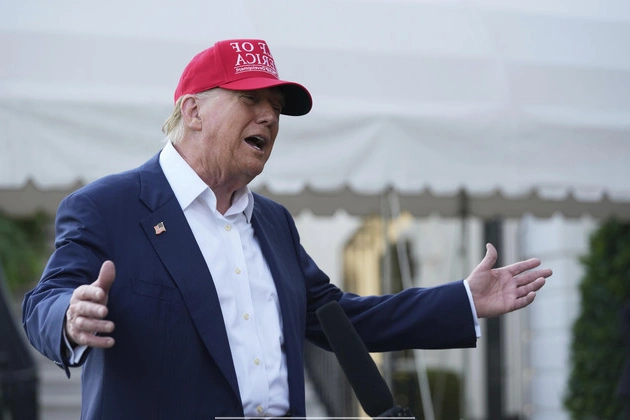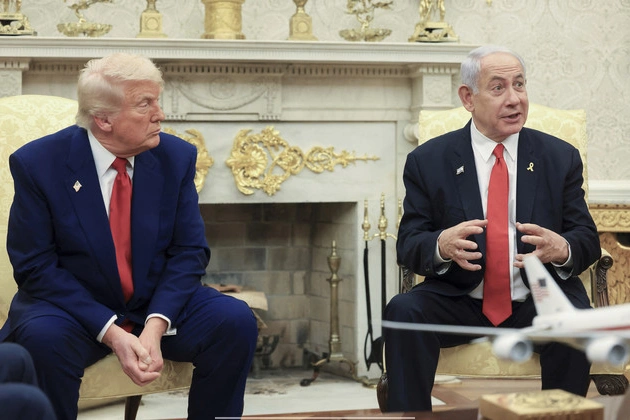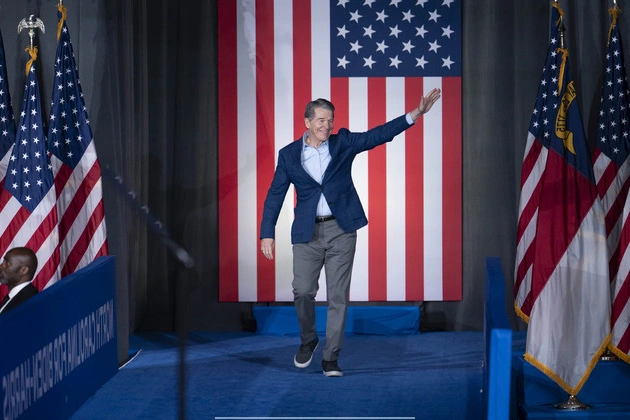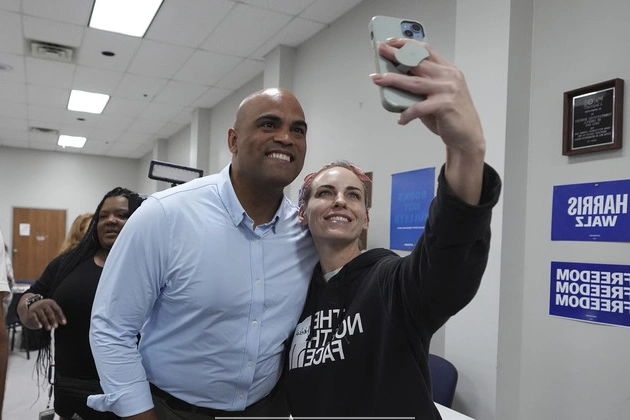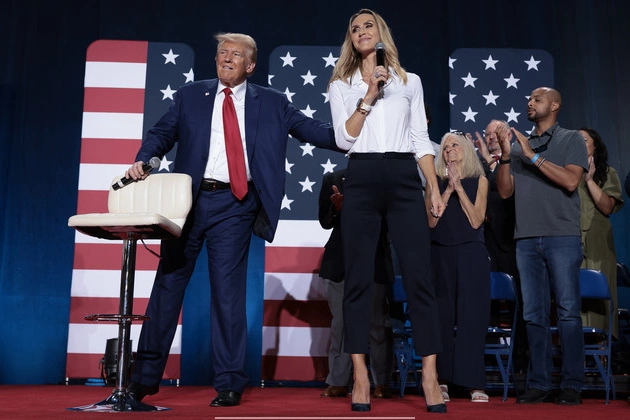
President Trump’s recent tariff actions have set off a flurry of trade talk requests from more than 50 countries, showcasing the global impact of his decisions. The administration’s move to impose tariffs on numerous trading partners has stirred both apprehension and negotiation efforts worldwide.
Global Response to Tariffs
Following the announcement of baseline tariffs on most countries and higher duties on specific trading partners, the international community has reacted with a mix of concern and strategic responses. Countries like China have retaliated with their tariffs, escalating tensions and trade disputes.
Conversely, some nations, including the European Union and Vietnam, have expressed a desire to engage in discussions to mitigate the effects of the tariffs. Vietnam, for instance, has sought a 45-day delay to facilitate negotiations for a potential deal.
Challenges and Opportunities
The surge in trade talk requests presents challenges for the US Trade Representative (USTR), a relatively small agency that now faces a deluge of negotiation demands. Treasury Secretary Scott Bessent emphasized that while over 50 countries seek to address trade barriers and tariffs, long-term agreements cannot be rushed.
Moreover, the conflicting goals of generating revenue through tariffs and promoting trade negotiations pose a dilemma for the administration. The need to balance economic objectives with diplomatic relationships adds complexity to the ongoing trade discussions.
Implications for the US Economy
The impact of these trade talks and tariff actions extends beyond diplomatic circles to the US economy. The potential for inflation due to higher import taxes, coupled with market uncertainties, raises concerns about consumer prices and economic stability.
Economists like former Treasury Secretary Larry Summers have criticized the tariff strategy, warning of potential job losses and reduced spending power. The debate surrounding the efficacy of tariffs in boosting domestic manufacturing versus their impact on global trade dynamics remains contentious.
Looking Ahead
As the US prepares to implement tariffs and engage in trade negotiations, the path forward is uncertain. The administration’s stance on trade policy, coupled with global responses, will shape the future landscape of international trade relationships.
